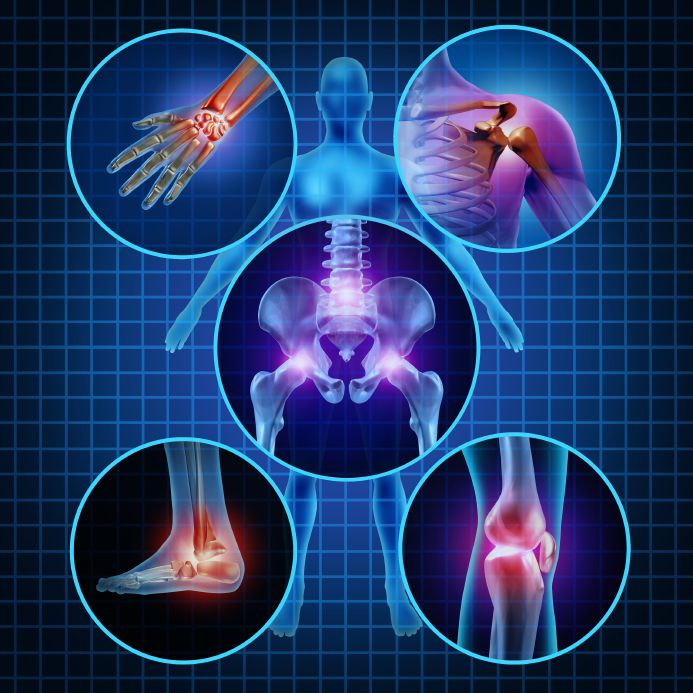 Experiencing pain is a fact of life, but that does not mean it has to run your life. Commonwealth Pain Specialists’ team of highly skilled and experienced anesthesiologists are here to help improve your quality of life. Not only does our team treat your pain, but we identify the source, determine the best options to fit your needs, and can often resolve or greatly reduce your pain without invasive surgical interventions.
Experiencing pain is a fact of life, but that does not mean it has to run your life. Commonwealth Pain Specialists’ team of highly skilled and experienced anesthesiologists are here to help improve your quality of life. Not only does our team treat your pain, but we identify the source, determine the best options to fit your needs, and can often resolve or greatly reduce your pain without invasive surgical interventions.
How to Determine the Cause
- When evaluating a patient with pain, we ask three crucial questions:
- 1) Where and how does it hurt? (Does it throb, ache, or tingle? Does it feel sharp, shooting, or is it a burning sensation?)
- 2) What does the diagnostic imaging show? (This may include an MRI or ultrasound of the affected area.)
- 3) What did we find during your exam? (Our team will examine you to determine any loss of strength or range of motion in your joints, as well as look for any other symptoms that you may not have already noticed yourself.)
Common Causes of Pain
Neck and lower back pain can be caused by a variety of conditions, such as disk herniation, osteoarthritis, spinal stenosis, and sacral-iliac joint irritation. Below is a brief explanation of these conditions.
Herniation of the disks in the lower lumbar spine can result in sciatic nerve inflammation. Many people complain of pain in their lower back which is often associated with shooting pain down one or both of the legs. This shooting pain can also include numbness and tingling or weakness in the effected leg. Cervical disk herniation has the same characterization except the nerves at the base of the neck are compressed resulting in an arm being effected instead of a leg. Confirmation of the herniation can be achieved with diagnostic imaging. Depending on the severity of the herniation and etiology of the inflammation, a variety of treatments for short and long term relief is possible.
Osteoarthritis is a very common cause of lower back pain and is seen largely in older populations. This pain is characterized by stiffness, often feeling as if a board were tied to your lower back making it difficult to move. Osteoarthritis is often treated with physical therapy and steroid injections which help improve mobility while reducing inflammation.
Spinal stenosis is a narrowing of the spinal column which can impinge on the nerves running through the spinal opening. Evaluation of the degree of narrowing will allow us to determine the best treatment for your pain.
Sacral-iliac joint irritation often goes undetected by general practitioners due to its location. While the major symptom is lower back pain, the joint itself sits in the pelvis. Steroid injections can be very effective at relieving inflammation and eliminating the pain.
Commonwealth Pain Specialists also offers treatment for patients who experience chronic neuropathy, phantom limb syndrome, and unresolved knee and hip pain through a variety of techniques. If you are experiencing any of these conditions, Pain Management has a solution to help you.
